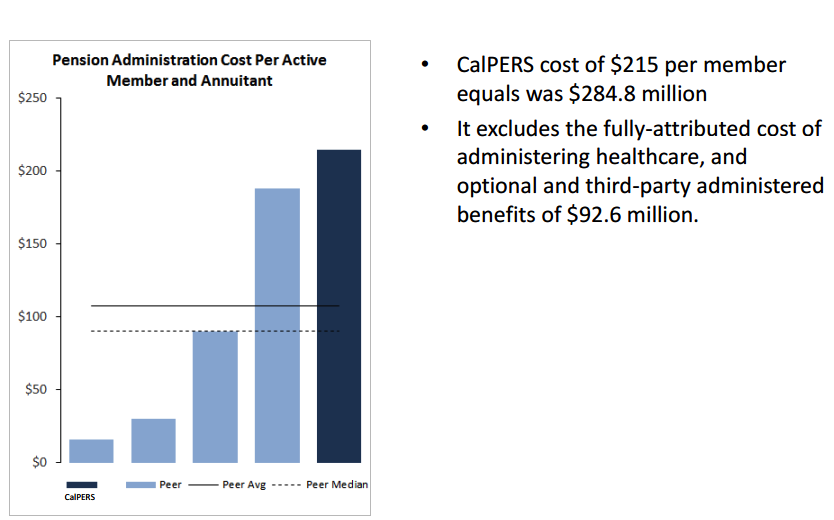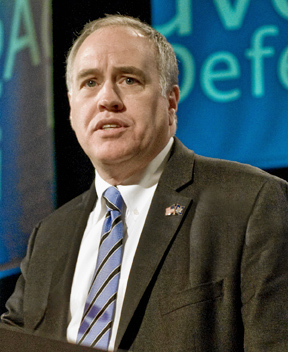As people grow older, they start paying more attention to their retirement.
But evidence suggests that much of the United States’ older population is ill equipped to take responsibility for their retirement security – because their financial sophistication falls short of where it needs to be to make the complex financial decisions retirement requires.
A paper, authored by Annamaria Lusardi, Olivia S. Mitchell, and Vilsa Curto and published in the Journal of Pension Economics and Finance, takes a closer look at the financial sophistication of older Americans.
From the paper:
In 2008, we subjected around 1,000 randomly-selected HRS respondents in the United States to a special module of questions assessing knowledge of the stock market and asset prices, investment strategies, risk diversification, the importance of fees, and related topics. Respondents averaged age 67, with about half (55%) female. Some 15% had less than a high school education, 32% had completed high school, 24% had some college, and 28% had college or advanced degrees. Most (81%) of the respondents were White, with 9% African-American, and 8% Hispanic.
[…]
The 10 questions of key interest here are grouped into four categories, according to the topic they cover: knowledge of capital markets, risk diversification, knowledge of fees, and savvy/numeracy.
The results:
Older Americans displayed a deep lack of understanding about key concepts related to risk diversification, bond prices, and portfolio choice. For instance, many respondents expressed a support for holding own employer company stock, despite the fact that it is unlikely to be wise to hold much own employer stock from a risk diversification viewpoint…
A large majority of respondents (60%) also did not know about asset pricing, which we explore by asking whether people knew about the inverse relationship between bond prices and interest rates. This is a particularly good question to assess financial sophistication because it is difficult (if not impossible) to know or infer the correct answer to this question without having some knowledge of finance.
[…]
When presented with the statement ‘If the interest rate falls, bond prices will fall’ (second wording), only about one-third (35.7%) of respondents answered correctly; when the wording was reversed (first wording: ‘If the interest rate falls, bond prices will rise’), more answer correctly (44.7%) and this difference is statistically significant.
[…]
Many respondents were aware that ‘Even if one is smart, it is very difficult to pick individual stocks that will have better than average returns.’ But here, too, responses varied depending on how the question was asked: in one case 73.7% got the correct answer, but only 37.6% got it correct using the reverse ordering. In other words, this question, too, was poorly understood by respondents.
The authors also posed questions about risk diversification and fees:
Almost two-thirds of respondents knew that ‘it is not a good idea to invest in a few stocks rather than in many stocks or in mutual funds,’ which might be thought to imply some sophistication about risk. Yet this question jointly tests knowledge of risk diversification and awareness of mutual funds, as indicated by results when we reversed the question wording: responses proved quite sensitive. The second risk question sought to avoid this by simplifying the question and using less financial terminology; and now we find that most knew that spreading money across 20 stocks rather than two decreased the risk of losing money (and here, word order did not matter).
[…]
Several prior studies have found that investors often overlook fees when deciding how to invest…In our sample of older Americans, around two-thirds seemed to know that mutual fund fees are important when investing for the long run. Nonetheless, responses were again sensitive to question wording, perhaps due to the fact that respondents needed to know both about mutual funds and investing for the long run. Additionally, a large majority of respondents said they would find it difficult to locate mutual funds charging annual fees of less than one percent of assets, suggesting that many respondents may not know about low-cost mutual funds. The fact that again there is some sensitivity to question wording confirms that, here too, respondents have difficulty with financial terminology (fees, mutual funds, etc.).
The paper, titled Financial literacy and financial sophistication in the older population, features much more analysis and discussion of the survey data, and can be read in full here.










